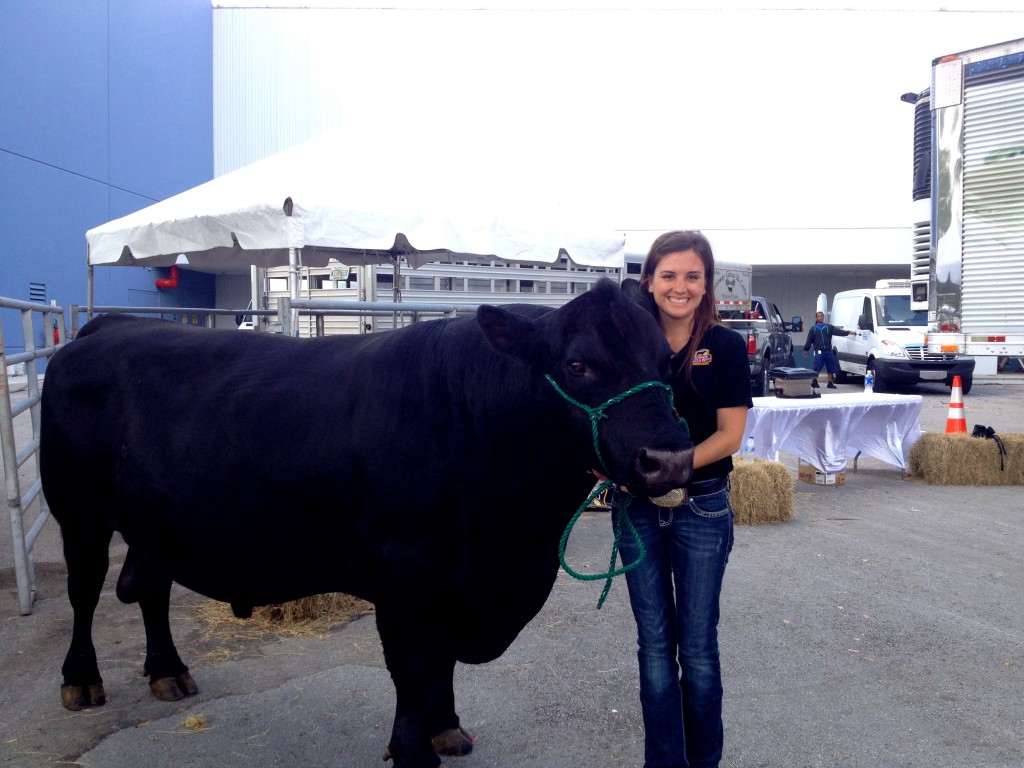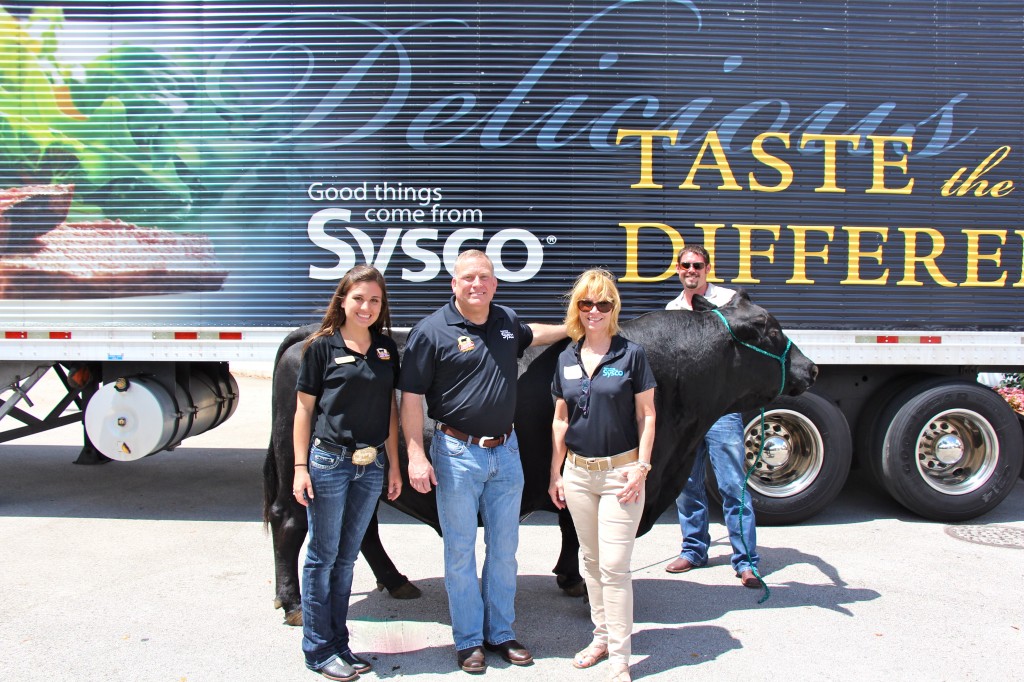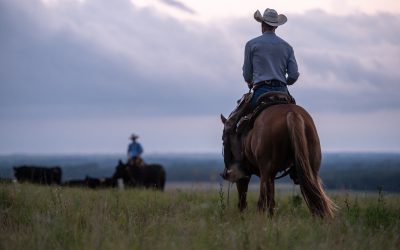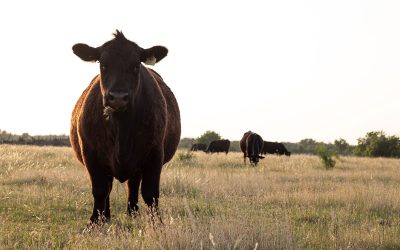
Cattle and chefs, bulls and Miami
As a ranch kid, one likely understands.
Long revered as a city booming with cultural flare and taste, Miami is vibrant and exciting. But home to many cattle, it is not.
As a girl who likes to keep her sights set on a cow trail, I often choose my rural town over the hustle and bustle of city life, but when a certain bovine made his way to the sunny streets, I did, too. For I go where the cattle go.
Meet JD. Weighing in at 2,620 pounds, he strutted his stuff down the streets of Miami, dismissing any and all preconceived notions of what it means to look good in black.
JD was the answer to what seemed like a crazy question at the time.
What if an Angus bull could make an appearance at a Sysco food show in the metropolis that is Miami?
“We jumped on the opportunity,” said Maggie O’Quinn, CAB executive account manager. “What better way to tell the story of our unique history, breed heritage and cattle production in the state of Florida?”

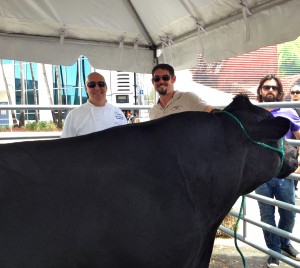
Peter Vauthy, CAB Brand Ambassador and Executive Chef at Miami’s Red, The Steakhouse, said bringing the two ends of the production spectrum together is an on-target strategy.
“There’s a trend where people want to hear a story behind a product,” he said.
Always amazed by the sheer size and magnitude of cattle, Vauthy said it’s the respect he has for the ranchers that always stands out the most.
“They show a lot of love for their animals, and then on my end, I show the same amount of care and dedication by the way the beef is aged and the way it’s cooked,” he shared. “It’s a lot of respect. Respect for something that’s been treated with the utmost care from start to finish.”
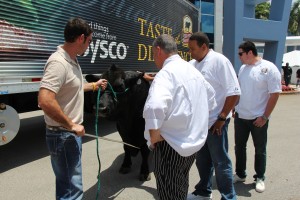
O’Quinn echoed those sentiments.
“So many people travel to that area and their very first impression of our brand is made right there in a steakhouse in Miami,” she said. “We have such an opportunity to tell our story, not only to customers in South Florida, but our customers from all over the world. For those international customers to come to the food show and meet with a rancher from right there, three hours north of Miami, it means everything for us as we grow our global brand presence.”
A leader in finance, commerce and entertainment, the famous city tops the list in many categories, but when it comes to agriculture and beef production, Florida as a whole ranks, too.
“Perhaps there’s a lot of people who think there’s beaches on one side and beaches on the other and nothing in the middle except Disney World,” JD’s owner Roy Petteway said. “I think a lot of people forget that there is a great deal of land between the two sides of the state that produce a substantial amount of agriculture in its heartland.”
So as the sun set and the crowds parted, JD made his way back home to his ranch, and I followed suit, but not short of a memory that will last a lifetime. One I know many will hold for years to come.
Thanks for allowing me to tell your story,
Laura
You may also like
Progress from small steps
Every day is a chance to learn and get better. Thousands of others like my new friends in Alabama are taking steps to meet the shifts in consumer demand, and to know more. Small steps in the right direction can start now. Even if it’s just recording a snapshot of where you are today, a benchmark for tomorrow.
Not perfect, but working to get better
The CAB Cattleman Connection team heard its name called more than once in the virtual ceremonies, and each time came a sense of personal accomplishment, but even better: confirmation that we’re getting better at our craft. I hope that means we’re doing a better job for you.
Beefed up findings
Frank Mitloehner presents his findings on the animal ag sector’s impact on global warming. He explains how cattle counterbalance other fossil fuel sectors, proving that cattle are a solution and not a threat.


